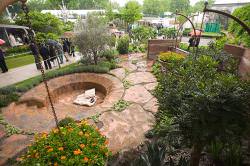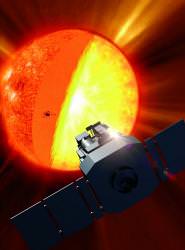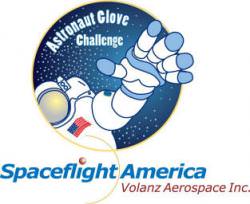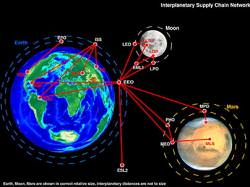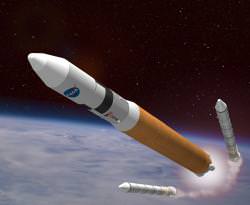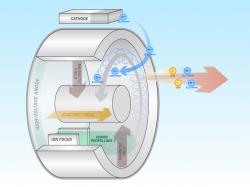I just think this is the coolest thing. But then, maybe I’ve gone a little crazy for gardening recently. A garden designed to simulate a future habitation on Mars won a Gold Medal at the Chelsea Flower Show, operated by the UK’s Royal Horticultural Society. Finally, space exploration is getting a little respect.
The exhibit is called “600 Days with Bradstone”, and it’s a simulated garden that Martian astronauts might construct to help them cope with a long journey on the Red Planet. The designer consulted with the European Space Agency to understand the physical constraints for a domed garden on Mars. Rocks were quarried from Scotland that look realistically like Martian rocks.
After a hard day’s work on the dusty surface of Mars, astronauts could enjoy a lush green garden, surrounded by plants with multiple beneficial properties, like coffee, olives, wheat and calendula. The garden also includes familiar plants that help remind the astronauts of their home.
ESA believes that future missions to Mars will require regenerative systems that can adapt and evolve over time, instead of traditional life support systems which can’t operate at peak efficiency for the long durations required for a Mars mission.
Original Source: ESA News Release

